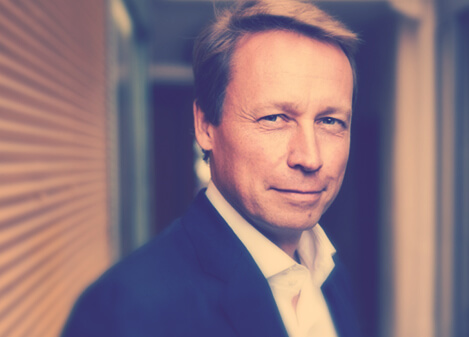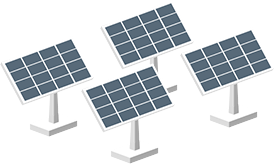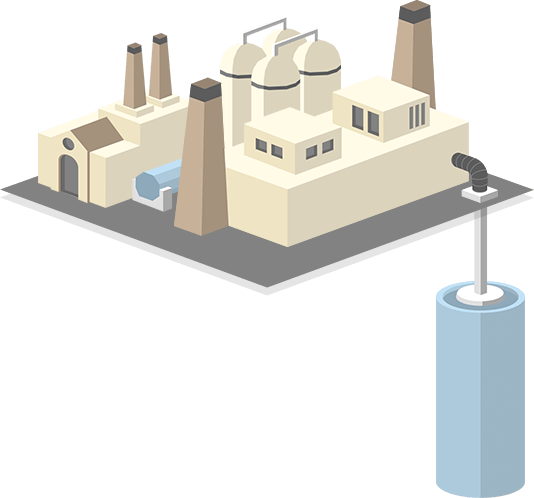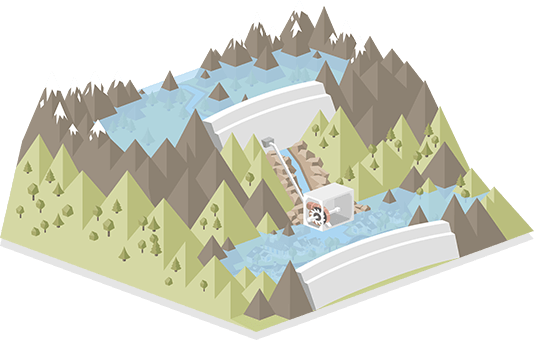France
Nature and People First, SAS
140 bis rue de Rennes
75006 Paris France

Denis Payre
Denis Payre is a French entrepreneur. He launched Nature and People First in 2015. Prior to that, he co-founded Business Objects and Kiala, two innovative, fast-growing companies with wide international recognition and products currently available globally from giants SAP and UPS. He has also co-founded not-for-profit organization "Croissance Plus" to promote a better enviuronnment for fast growing companies and has funded and coached numerous startups. He is an Essec Business School graduate.
Nature & People First is a development company for energy storage projects:
* from Energy Autonomy, May 2019.

For its first French project, Nature & People First has a partnership with a leading French infrastructure investment fund:
Meridiam is an independent French company based in Paris, specializing in the development, financing and management of long-term public infrastructure projects. Founded in 2005, Meridiam invests in public infrastructure in Europe, North America and Africa.


Solar and wind energies are expanding fast. They are renewable and clean but do not generate energy constantly. Their variations are unpredictable and do not correspond to electricity consumption curves. They create risks of instability for the grid if there is no energy or if there is too much energy. Energy storage allows electrical networks to absorb excess energy and dispatch it when it is needed, rather than "ramping" generation or adding "peakers" to meet varying demand.
Storing energy makes it possible to compensate for the intermittent nature of these renewable energies.
Various storage methods are currently in use inclucing batteries, compressed air, large conventional PSH systems and even hydrogen production processes.


Pumped Storage Hydropower (PSH) was invented more than a century ago. Water is pumped to an elevated reservoir, then used to drive a turbine-generator during periods of high electricity demand.


The process involves two reservoirs filled with water and separated by elevation change of several hundred feet or more. They are connected by a penstock, a pipe.
When there is excess energy, for example solar energy produced by photovoltaic plants that operate at full capacity in the middle of the day, water will be pumped from the lower reservoir to the upper reservoir.
At the end of the day, when the sun goes down and there is a consumption peak because people go home and turn on many electrical devices (oven, television, lighting ...) water will be released from from the upper reservoir to the lower reservoir and will drive a hydroelectric turbine. Between 70% and 80% of the energy stored will be recovered thanks to this process.
Pumped Storage Hydropower (PSH) provides 94% of the world's energy storage. PSH sites are typically in the 250 MW to 1 GW range.*
* according to the International Hydro Association.
There are only few large sites still available. Many existing PSH installations use rivers as one or both of their reservoirs but this is no longer environmentally acceptable.
Nature & People First is reinventing and rescaling PSH, vastly increasing the number of potential sites. Sites are possible from 800 feet of elevation change.
Low Impact Community Scale Pumped Storage has three key differences from traditional PSH. Projects can be located in a wider range of sites and can be approved and built more quickly and less expensively.
The following are the three key features of Low Impact Community Scale Pumped Storage:
located in a 750 acres banana plantation in Saint Pierre.
Possibility of supplying 28 MWh to 31,500 inhabitants, or 8% of the population of Martinique.
This project replaces the use of an diesel-fired power station.
High acceptability:
Nature and People First, SAS
140 bis rue de Rennes
75006 Paris France
Nature and People First America, LLC
405 Waltham Street
Lexington, MA 02421
